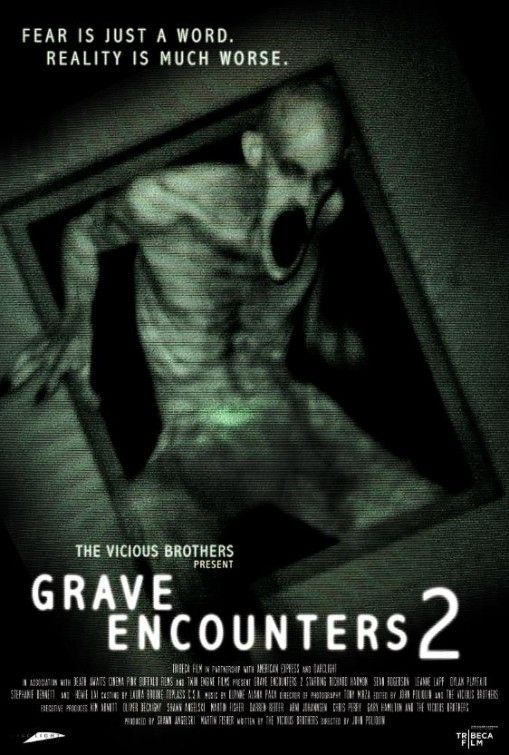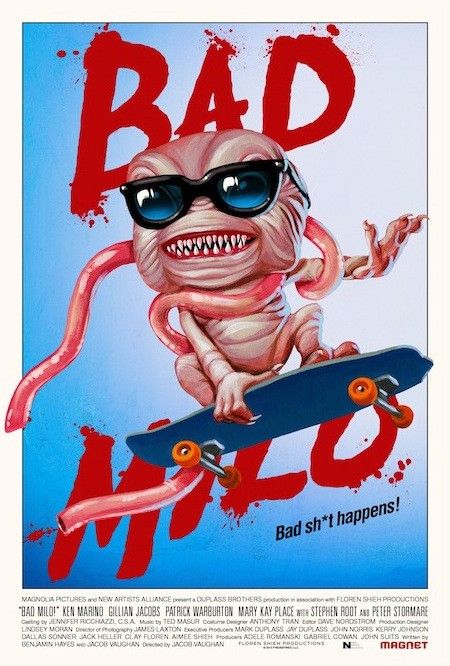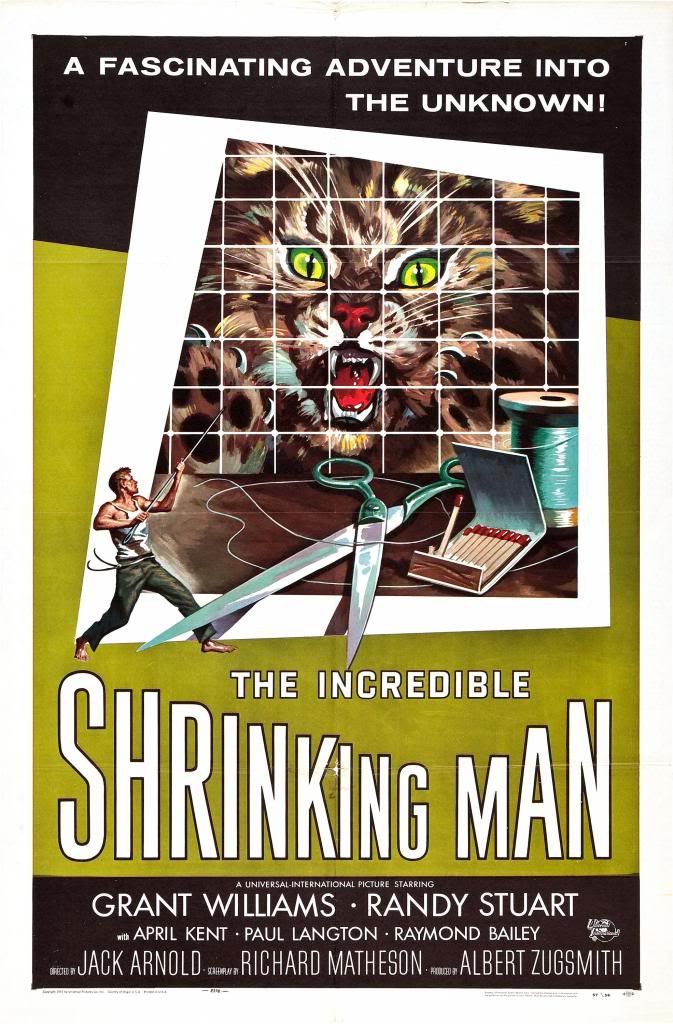Thursday 31 October 2013
Halloween II (1981): Review
Halloween II is a 1981 slasher sequel. Written, produced and scored by Halloween (1978) directer John Carpenter but actually directed by Rick Rosenthal (Halloween Resurrection) the film stars Jamie Lee Curtis (Halloween, Terror Train) and Donald Pleasance (Halloween, Phenomena) and picks up immediately following the events of the first film.
After a quick recap of the end of the first film, and after Michael disappears from the grass, Laurie (Curtis) is taken to a local hospital to recover whilst Dr Loomis (Pleasance) continues to hunt the streets of Haddenfield for The Shape. However, after Laurie's family tree is revealed to the doctor (and the audience) the reason for Myers' rampage becomes clear...he's aiming to dispatch his sister and finish off his family once and for all. All the while the victims from the first movie are cropping up left, right and centre which results in a Marshall being sent to apprehend Dr Loomis, but we all know he's the only one who can defeat Myers.
The tagline for this film was "more of the night he came home" and that's about as unimaginative as the plot itself. Essentially running as a feature length version of the end of the first film, there is no beginning or middle just a relentless third act that has real trouble keeping the viewer interested. The original Halloween is my favourite horror film of all time so I'm perhaps a little biased but it is an incredibly high watermark that the sequal could never hope to match. The fact that the Michael Myers character had been abandoned completely for the third instalment goes to show that the character was never going to get the same kind of mileage that Jason Voorhees would enjoy.
I personally feel that the film commits the cardinal sin of undermining it's predecessor. The fantastic thing about the end of the first film was that Myers was left at large, the closing shots reinforcing the ethereal nature of the character and suggesting he could be anywhere and everywhere at the same time. To have the sequel immediately answer that question ie. he just went round the corner, is clumsy storytelling and not what you'd expect from Carpenter. The iconic score is also tampered with here, replacing the subtle but atmospheric pianos for overblown 80s synth remixes is blasphemy and really hammers home that this is more the cheesy 80s film to the 70s subtlety of the original.
An unnecessary and repetitive 80s horror sequel (of which there were an abundance at the time) the film makes little use of Jamie Lee Curtis and has Donald Pleasance overdoing his proclamations of doom. Whereas the Friday the 13th franchise started off unrefined and later birthed a horror icon the Halloween franchise started off as strong as possible and subsequently left itself nowhere to go, only for hardcore Halloween fans.
** 2 Stars
What do you think of Halloween II? Is it too harsh to compare the film directly to the original?
Sunday 27 October 2013
Curse of Chucky (2013): Review
Curse of Chucky is a 2013 slasher film. Written and directed by Chucky creator Don Mancini and starring Fiona Dourif, Danielle Bisutti (Insidious: Chapter 2) and voice of Chucky, Brad Dourif. The film is the 6th, and possibly final instalment, in the Chucky franchise.
The movie centres around wheelchair-bound Nica (Fiona Dourif) who receives a seemingly brand new good guy doll in the post in the opening sequence, however, after her mother is mysteriously killed we begin to see the Resurrection of Chucky. Cue the rest of Nica's family, including sister Barb (Bisutti), who rush to the eerie mansion to help with the affairs aka the inheritance. Unfortunately everybody is too busy to notice Chucky slashing his way through the extended family and in a spectacularly twisty final act we learn the true reason behind Chucky's return.
So, quick history lesson. Child's Play was released in 1988 and introduced us to the killer doll possessed by serial killer Charles Lee Ray (via a voodoo spell) and his victim young Andy Barclay. There followed 2 sequels (90/91) and rounded off a solid but typical 80s slasher trilogy. The character was then brought back for Bride of Chucky (1998) and Seed of Chucky (2004) as the franchise exaggerated the more comical elements of the character and played very meta with the horror universe (particularly in Seed). And here we are, 25 years later, and Curse of Chucky wisely returns the franchise to its earnest slasher roots and to be honest there was really no other choice after Seed.
This doesn't mean that Chucky is without his signature one liners, the wit and charm that has made the character so enduring is fully intact. Another interest element that has been added in this instalment is a really traditional, Gothic horror twist on proceedings in both plot and setting. The mansion itself is an obvious nod to the days of Universal or Hammer Horror productions but Mancini also draws on that classic trope of having a group of people gathered in a creepy mansion and allowing the events to unravel in real time. This brings to mind Horror classics like House on Haunted Hill (1959) and The Haunting (1963) and freshens up the format nicely.
It's very telling that although the Chucky character has been around for 25 years this is only the 6th instalment. Whereas fellow 80s horror icons Jason Voorhees, Michael Myers and Freddy Krueger have been overexposed by innumerable sequels, remakes and reboots the Chucky franchise has remained restrained and protected from exhaustion, presumably under Mancini's watch. This shines through in what is a really enjoyable instalment in the franchise and i have great respect for the mind boggling retcon job in the final act necessary to write themselves out of the corner they were left in after Seed. Highly recommended to Chucky fans old and new!
4 Stars ****
What did you think of Curse? Are you a fan of the Franchise?
Wednesday 23 October 2013
They Made Me Do It...Again! #5 : Grave Encounters 2 (2012)
Grave Encounters 2 is a 2012 mockumentary horror film.
Directed by John Poliquin and starring Richard Harman (Bates Motel), Dylan
Playfair and Leanne Lapp. The film was written by the Vicious Brothers, who
directed the first film.
The film picks up straight away from the first film in extremely meta fashion by featuring Internet nerds reviewing the movie on you tube. One of these nerds is amateur horror film maker Alex (Harman) who starts to become obsessed with the events of the first film. Being encouraged by a contact named “death awaits” Alex starts to believe that the footage was all legitimate and the cast of the first film perished in the Collingwood mental asylum. He is able to convince his fellow students to join him in making a documentary to get to the bottom of what happened to the cast of Grave encounters but discovers that the supernatural powers of the Collingwood asylum are far greater than even portrayed in the original film.
Grave Encounters 2 is that most bold and ambitious of sequels in that it seeks to simultaneously expand on the mythology of the original whilst also sending up it’s predecessor. That’s not to say that the first film didn’t have the wink and the nudge, the whole concept of the film was to lampoon ludicrous ghost hunting TV shows whilst slowly introducing some scares of it’s own, which was deftly accomplished. Right from the get-go the film establishes that the emphasis will be on MOCKumentary with the characters cracking wise about other horror films and clichéd tropes of the genre. However, after a visit to the asylum and a quick retread of the same events as the first film, the story starts to focus on it’s most fascinating element….the sentient nature of the asylum itself. This was hinted at in the first film with doors shifting, corridors appearing from nowhere and the unusual passage of time but this entry really emphasises the concept of the hospital being a parallel dimension.
This signifies a strange (but enjoyable) genre shift from post modern horror comedy to a more sci-fi/fantasy element and although it all became rather overblown and ridiculous at times there was always a character with a witty riposte to remind us not to take the film too seriously. You could say one of the main strengths of the film is its genre-literacy and the Vicious Brothers certainly know when to play it scary, funny or fantastical and this keeps things consistently fresh and entertaining were it would otherwise seem too smug and referential. My only criticism of the film would be a fairly slow first act and what I felt was some way too hammy acting from the returning Lance Preston character channelling some sort of insane hobo let loose in the madhouse
Perhaps this entry is only for fans of the first film (which I definitely was) as it leans very heavily on the tone set and goes for gags over scares more often than the original movie. Fans of meta-horror will relish the nods and winks to so many horror and sci fi clichés but may find that the final act tends to veer into unchecked cliché itself. I get the strange urge to see Grave Encounters turned into a trilogy but perhaps after this entry there really isn’t anywhere left to go but I have to highly recommend both films as a double bill, found footage rarely gets this clever.
**** 4 Stars
What did you think of Grave Encounters 2? Did you see the first film?
Sunday 13 October 2013
Bad Milo (2013): Review
Bad Milo is a 2013 horror-comedy film. Directed by Jacob
Vaughan and starring Ken Marino (Role Models, Wanderlust) Gillian Jacobs
(Community) and Peter Stormare (Hansel and Gretel: Witch Hunters). The film’s
special effects were largely achieved through practical methods.
Bad Milo, as the poster suggests, is about embracing your
inner demons, however, the catch is that this particular demon claims residency
inside your rectum. This is the dilemma of Duncan (Marino), a nervous
30-something man in a dead end job who is under great pressure from his
girlfriend Sarah (Jacobs) to embark on fatherhood and start a family. This
causes Duncan a great deal of anxiety, stemming from his own father issues, and
unfortunately for Duncan anxiety = Milo, a vicious ass-demon intent on savaging
anyone who wrongs his master. The science behind Milo comes courtesy of Peter
Stormare’s hilarious hypnotherapist who explains that the ass-demon
is actually an ancient myth and that in order to quell the beast’s taste for
blood Duncan must bond with the creature and resolve a few of his own issues
along the way.
It’s impossible to review this film without mentioning Frank
Henenlotter. Infamous director of schlocky horror-comedies such as the Basket
Case trilogy (81-91) and Brain Damage (1988), if Henenlotter invented the
body-horror parody and Bad Milo carries on the tradition with gusto. It must be
said, however, that for all the schlock and outrageous comedy on show the
film's real strength is it's heart. Both the Duncan and Milo characters are
sympathetic and easy to like and it genuinely tugged at my heart strings when
the pair would come top blows and eventually reconcile.
Refreshingly, the special effects in Bad Milo (or at least
the character itself) are all practical. Milo appears to be a pretty simple
puppet setup and wisely the makers opted to use Milo's expressive face rather
than give the character the power of speech. These effects work brilliantly
given the film's knowingly silly tone and when Milo comes face to face with
another ass-demon (called Ralph of course) and engages in armed combat it
really does make for one of the most entertaining action sequences of the year.
When I first heard about Bad Milo I knew I would love it
based on it's Henenlotter tendencies but, of course, this kind of outlandish
type of horror comedy isn't going to be for everyone. Personally I didn't stop
smiling throughout and had and if you take it as seriously as it's intended
then you should have the same experience. One of my favourite films of the year
so far and responsible for birthing (albeit anally) a brand new horror icon I
would love to see the further adventures of Milo.
***** 5 Stars
What did you think of Bad Milo? Do you find the concept too
far fetched?
Wednesday 9 October 2013
IT!...Came Frome the 50s #4 : The Incredible Shrinking man (1957)
The Incredible Shrinking Man is a 1957 science fiction film.
Directed by Jack Arnold (The Creature From the Black Lagoon, It Came from Outer
Space!) starring Grant Williams and Randy Stuart. The film is an adaptation of
the novel "The Shrinking Man" by famous sci-fi author Richard
Matheson (I Am Legend) and the screenplay was written by the man himself.
The film opens with the titular man Scott Carey (Williams),
and his wife Louise (Stuart), enjoying a leisurely afternoon on his
brothers boat when the couple encounter a mysterious mist on the
open sea. Carey is later told that the mist was a radioactive cloud,
and coupled with exposure to pesticides, this cloud starts to take
serious effects on Carey shrinking him initially to the size of a dwarf and
later to the size of a toy soldier. This causes particular problems when Carey
becomes trapped in his own basement and is presumed dead by the outside world.
Carey is forced into a fight for survival in a usually safe domestic
environment as he faces the perils of his gigantic basement.
The Incredible Shrinking Man features some absolutely
groundbreaking special effects for the time in the form of front projection
and, of course, oversized household objects. This may sound silly and primitive
now, but you really do get sucked into the larger than life world by the clever
utilisation of a bowl-sized teacup here and a javelin sized pin there. It's
exactly the same effect that I was fascinated by in Honey I
Shrunk the Kids (1989) when I was a kid and you can really see what
an influence The Incredible Shrinking Man (as well as many other 50s sci-fi
movies) must have had on that film.
However, far from the madcap antics of Rick Moranis and his
pint sized family, The Incredible Shrinking Man takes a far more earnest approach and
existential tone in it's plot, presumably from the source material. The
film asks profound questions around the existence, and significance, of mankind
as well as the nature of masculinity and it's easy to imagine both
themes striking a poignant chord with audiences of the 1950s. Like most
50s sci-fi films the film also makes a cautious statement against the perils of
science and radioactivity, and seems to mix in religious belief as a
competing ideology echoed in the final moments of the stunning closing
monologue "to God there is no zero, I still exist!"
The Incredible Shrinking Man is one of the more restrained
and subtle science fiction movies of the 1950s but undoubtedly one of the
strongest. Like Gojira (1954) before it, the film places maximum emphasis on
the message treating the matter as deadly serious allegory of science and
progress. Essential viewing for fans of science fiction and the profound works
of Richard Matheson.
**** 4 Stars
Have you seen The Incredible Shrinking Man? What do you
think of the film's message?
Subscribe to:
Posts (Atom)





